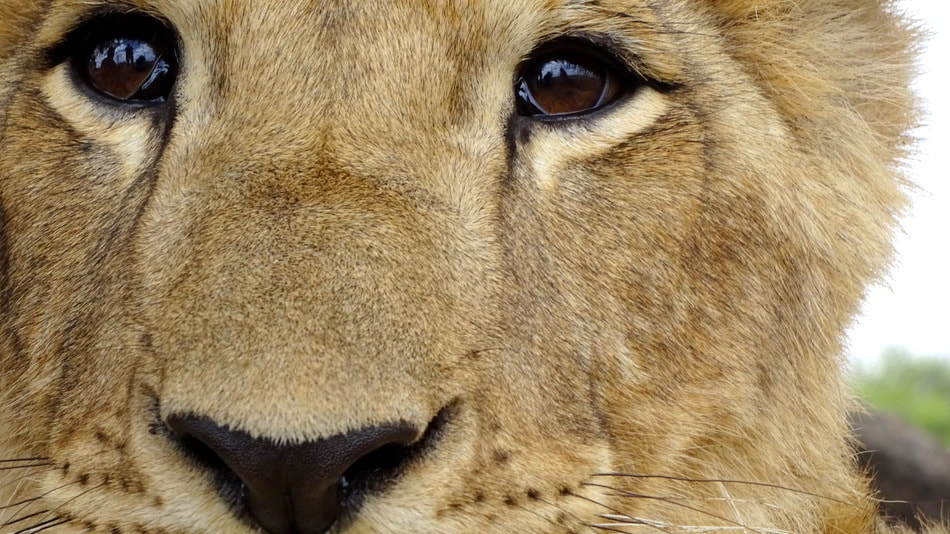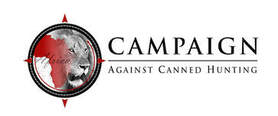
I was reading the response by the Minister for the Environment in South Africa to parliamentary questions on the status of lions, when, to my horror, I came across this old canard which ought to have been discarded years ago.
I quote:
2) A non-detrimental finding (NDF) made by a Scientific Authority, in respect of African lion and in terms of section 61(1)(d) of the National Environmental Management Biodiversity Act, 2004 indicates that there are currently no major threats to the wild and managed lion populations of South Africa, whereas minor threats include over-utilisation, disease, poaching and conflict with communities around protected areas. The NDF further states that trophy hunting of captive-bred lions poses no threat to the wild population within South Africa, and “it is thought that captive lions may in fact serve as a buffer to potential threats to wild lions by being the primary source for hunting trophies and derived products (such as bone)”. The NDF was published in the Gazette, No. 41393, on 23 January 2018.
The “scientific authority” referred to is the very same one which was thoroughly discredited during the recent parliamentary colloquium when it was quite apparent that it had no idea at all what it was talking about, consisted for the most part of a bunch of ivory tower academics who had as much understanding of the blood and guts of the hunting industry is that of a dog watching a passing aircraft, and was prepared to stand behind an assumption made by another academic from Oxford University. A personal assumption for which there was not a shred of evidence.
It is hunting propaganda repeated by academics as if it were a scientific truth. Yet the moment it is subjected to scrutiny it collapses like a pricked balloon. But pricked balloons have an amazing unscientific ability to re-inflate themselves and be promoted as scientific truths by the Department of Environment.
Some academic at Oxford made a personal assumption and mentioned in passing, with no scientific evidence at all, that:
“it is thought that captive lions may in fact serve as a buffer to potential threats to wild lions by being the primary source for hunting trophies and derived products (such as bone)”.
And now here is this personal assumption being put forward by the Minister as if it were an established scientific fact.. Disgraceful!
In reading the quote of the Minister’s reply you might have missed the critical three words - within South Africa.
So, even if lion farming in South Africa is stimulating the poaching of wild lions in neighboring territories to the extent of causing regional extinction, the Department of Environment and what passes muster for nature conservation in the provinces continue to eagerly promote lion farming and canned lion hunting.
Yet the threat posed by SA lion farms to lions in Southern Africa is not mere assumption. Read for example what is happening in Mozambique:
https://abcnews.go.com/International/lions-menu-now-inside-legal-lion-bone-trade/story?id=64827468
So, all conservationists know of CITES Decision 14.69 which bans the breeding of tigers for the trade in their body parts. Why? Because everyone in the conservation universe understood that permitting Tiger farming for the trade in body parts would not only stimulate the poaching of wild tigers it would make it impossible for customs officials and other authorities to be able to determine whether the bones they were looking at were legal ones or from a poached wild animal. The bones all look the same.
Now, if Tiger farming is banned because the trade in body parts is going to adversely impact wild tigers, why is the farming of lions not banned for exactly the same reason? But no in the case of lions, lion farming should be legal and promoted by government, because some foreign academic mentions that tame lions might provide a buffer to protect wild lions from hunters.
And what does this baseless assumption say about the hunting industry?
That trophy hunters are so rabidly determined to kill lions that if they can’t find a tame one they’ll move heaven and earth to kill a wild one?
So pity the poor lions. South African conservation officials who are paid by the taxpayer to protect our wildlife instead use public money to subsidise the hunting industry.
And they are so inept that they cannot tell the difference between assumption and scientific fact.
